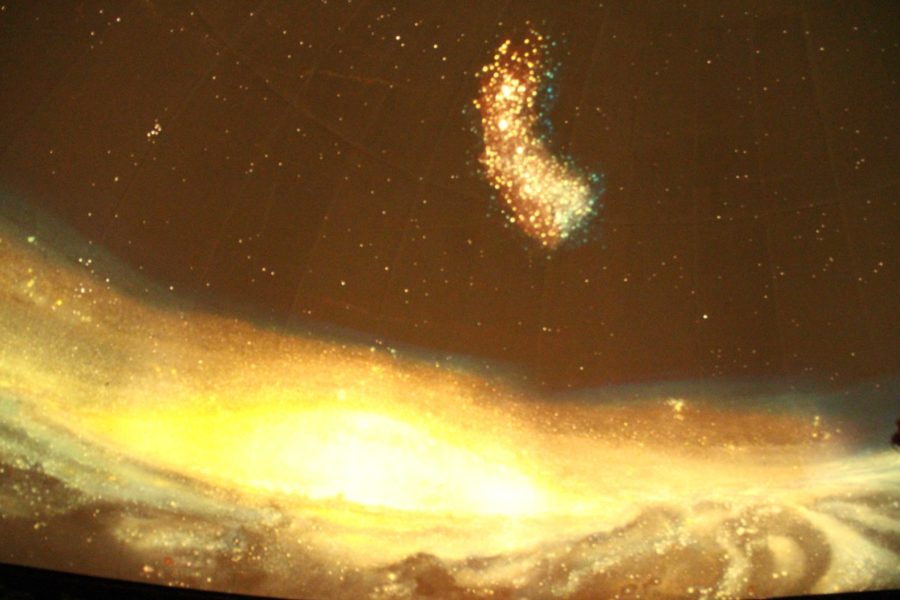I still remember it like it was yesterday, being 7 years old on a school field trip to the Santa Rosa Junior College Planetarium. Sitting in those big seats, we were all restless until the lights dimmed and what took their place was something magnificent- the universe, stars, galaxies, all right there in front of us.
Jump ahead 17 years later and that universe is still there in all its glory, housed under that amazing big dome with Planetarium Director Ed Megill still amazing students and non-students alike with shows about the universe.
This year the Planetarium has some very exciting upcoming shows to showcase the wonders that hide in our universe. With some of the most up-to-date and sophisticated technology, the Planetarium can project the sky onto the dome, showcasing the solar system in all its glory. It can also take you on a trip through time, showing the stars and the universe from the past then taking you forward, into the future.” a telescope is a time machine,” says Ed Megill the director of the Planetarium “you’re looking into the past.”
Ed Megill has been working for the Planetarium since 1989 and with his assistant lecturer Travis Jobs, they have been delighting would-be space travelers and those interested in the heavens beyond. With a dome of over 40 feet in diameter and 27 feet high, it is one of the largest space science facilities in the California Community College system.
The Planetarium’s first show “Measuring Space,” will begin toward the middle of September. The show will focus on the distance scales that astronomers and scientists use to determine the astronomical measurements to the planets and beyond. They will also be comparing those scales to those we use in our everyday life, giving us a closer look and reason as to why the tools that astronomers and scientists use differ so greatly to the ones we use on earth. It will also give us an understanding as to how those scales relates to space and time. “we will wrap up the show with a good idea that distance is also time.’ says Ed Megill.
The show will run Sep. 20 to Oct. 20 with shows every Friday and Saturday at 7 p.m. and Sunday at 1:30 p.m.
“Comet Ison and the other visitors” will take its place Oct. 25, focusing on the upcoming comet Ison that appears to be following the path of the Great Comet of 1680, which was so close that it appeared during the day as a great ball of fire. Some astronomers are saying that it may very well be the brightest comet that we’ve seen in our lifetime The show will also focus on other so-called visitors that came into our solar system, as well as some that actually made their way to Earth. It will run Oct. 25, 26, 27; then November 8,9,10; 15, 16, 17; 22, 23 and 24.
Held the first Friday of every month, “First Friday Night Sky” is a program that is offered to the public for free. The show’s main focus is showing the sky from that night till the next morning, pointing out different constellations, planets and stars in our galaxy.
Tickets will be sold 30 minutes before the show starts. General admission is $8 and $5 for anyone with a student id as well as children 13 and under and seniors 60 and older.


